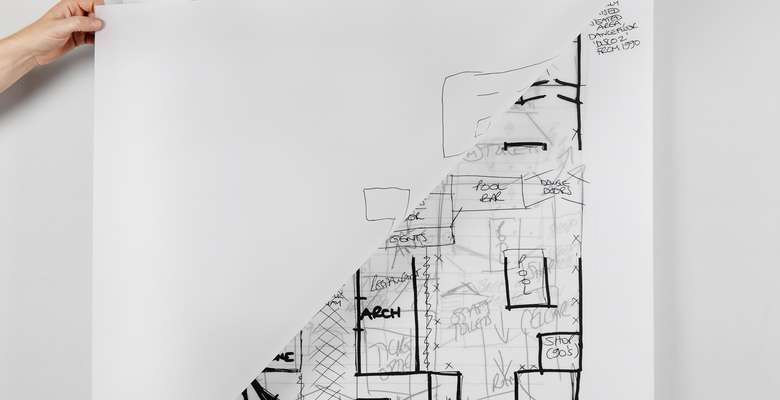Idea by
Ryan Kearney
Call for ideas 2021
The Club's Conception
The Club's Conception

- Site-specific cases
There is a single box in the Library of Birmingham containing the city’s LGBTQI+ heritage. I came to this box to find out more on the city’s longest-running queer space, The Nightingale Club, only to discover a lack of records to inform the resemblance of its demolished venues. When describing the interior of the club’s first space on Camp Hill in 1969, founding member Bernard Shaw recalled instances of entire rooms ducking at the site of a camera. A historical reluctance to be associated with queerness leaves many LGBTQI+ sites undocumented and widens an endemic gap in the architectural record of queer space.
This project challenges this gap through interviews with those who attended Birmingham’s now-demolished LGBTQI+ venues; and working collaboratively with practitioners to translate memory to visual ephemera. This project facilitates discussions on the collection and visual interpretation of memory, and its capacity to complete gaps in the architectural record of LGBTQI+ space.
The Club's Conception
The Club's Conception

- Site-specific cases
There is a single box in the Library of Birmingham containing the city’s LGBTQI+ heritage. I came to this box to find out more on the city’s longest-running queer space, The Nightingale Club, only to discover a lack of records to inform the resemblance of its demolished venues. When describing the interior of the club’s first space on Camp Hill in 1969, founding member Bernard Shaw recalled instances of entire rooms ducking at the site of a camera. A historical reluctance to be associated with queerness leaves many LGBTQI+ sites undocumented and widens an endemic gap in the architectural record of queer space.
This project challenges this gap through interviews with those who attended Birmingham’s now-demolished LGBTQI+ venues; and working collaboratively with practitioners to translate memory to visual ephemera. This project facilitates discussions on the collection and visual interpretation of memory, and its capacity to complete gaps in the architectural record of LGBTQI+ space.